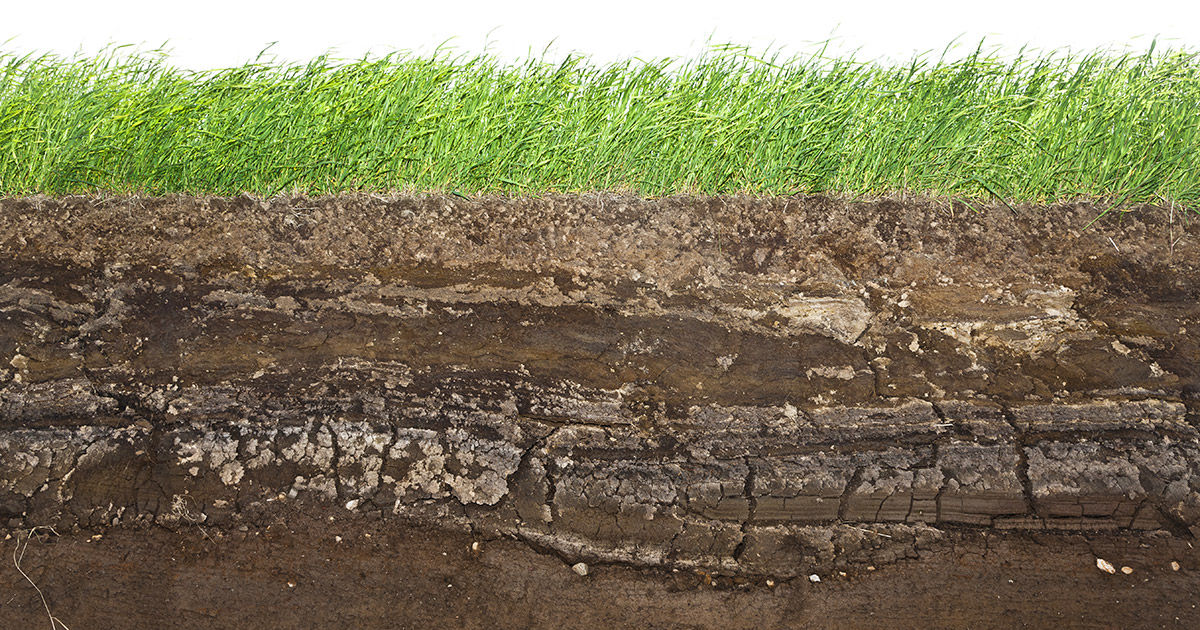Featured Article

Introduction
Central Texas has one of the most geologically diverse small regions to be found anywhere in the world. The many geologic layers, folds and faults cause different types of soil to outcrop in great profusion in this region.
Many people have heard of the Balcones Fault. This is a system of many faults that runs roughly North and South. It can be seen along and approximately paralleling MoPac on the west side of Austin. Many secondary faults are also scattered throughout Central Texas. Fortunately, none of these faults have been known to move for tens of millions of years and are not likely to. Likewise, Central Texas is not in an earthquake zone, being classified as zero on the seismic scale.
Limestone And Clay
The interesting thing to foundation engineers is that limestone and clay formations alternately outcrop in many parts of the area. Limestone is a stable geologic formation and will provide a good support for a foundation under a structure. The clay formations are a totally different story. They have the ability to expand and shrink, and generally move around. This action can create havoc with a foundation if it is not properly engineered and constructed.
Limestones are generally white to tan, hard and difficult to excavate. Clay soils have the ability to be hard when dry but change to a greasy, sticky mess when wet.
Clays are good for raising cotton while limestones are good for making building stone or road base. Clays will stick to your shoes, limestones will not. Limestones just sit there and quietly support the foundation of your building while clays can move with the seasons as much as six to eight inches, or even more in some isolated areas.
Geologic outcrop changes have frequently been observed within a few feet and the impact must be carefully analyzed. Closely spaced test borings are often required to define the subsurface conditions on a site.
When un-weathered, all the clay-shales and limestones in Central Texas are gray to nearly black. Oxidation and weathering processes near the surface (20 to 70 feet) turn the materials to a tan color. Clays are usually jointed with “slickenslides” within the upper 10 to 20 feet (zone of seasonal activity). Drying cracks up to nine feet deep and four inches wide have been observed by the writer in Central Texas clay formations.
Conclusion
It is important that builders, developers, and architects obtain good soils advice and foundation engineering design for the foundation to perform satisfactorily for the life of the structure. Contact a qualified geotechnical firm, or MLA Geotechnical employee, prior to construction or foundation design.
Newsletter amended from original published in December 2002 by Mr. Kirby T. Meyer, P.E.
MLAW Engineers

Explore
What Is the Deal about Fill?
Fill is a broad subject that is frequently a factor in residential foundation construction. Most often, fill is a legacy the builder inherits when he buys lots which have been filled by the developer. Fill can generally be divided into three types: Engineered fill Forming fill Uncontrolled fill Engineered fill is that which has been…
Read MoreBalconies, Stairs and Landings
Of the various types of balconies, the overhanging or cantilever types are potentially the most dangerous. Balconies can be found on single family dwellings, but most frequently are found in condominiums or apartments. A balcony can totally collapse if it becomes structurally unsound. Many deaths and serious injuries have resulted from collapse. Balcony live loadings…
Read More
